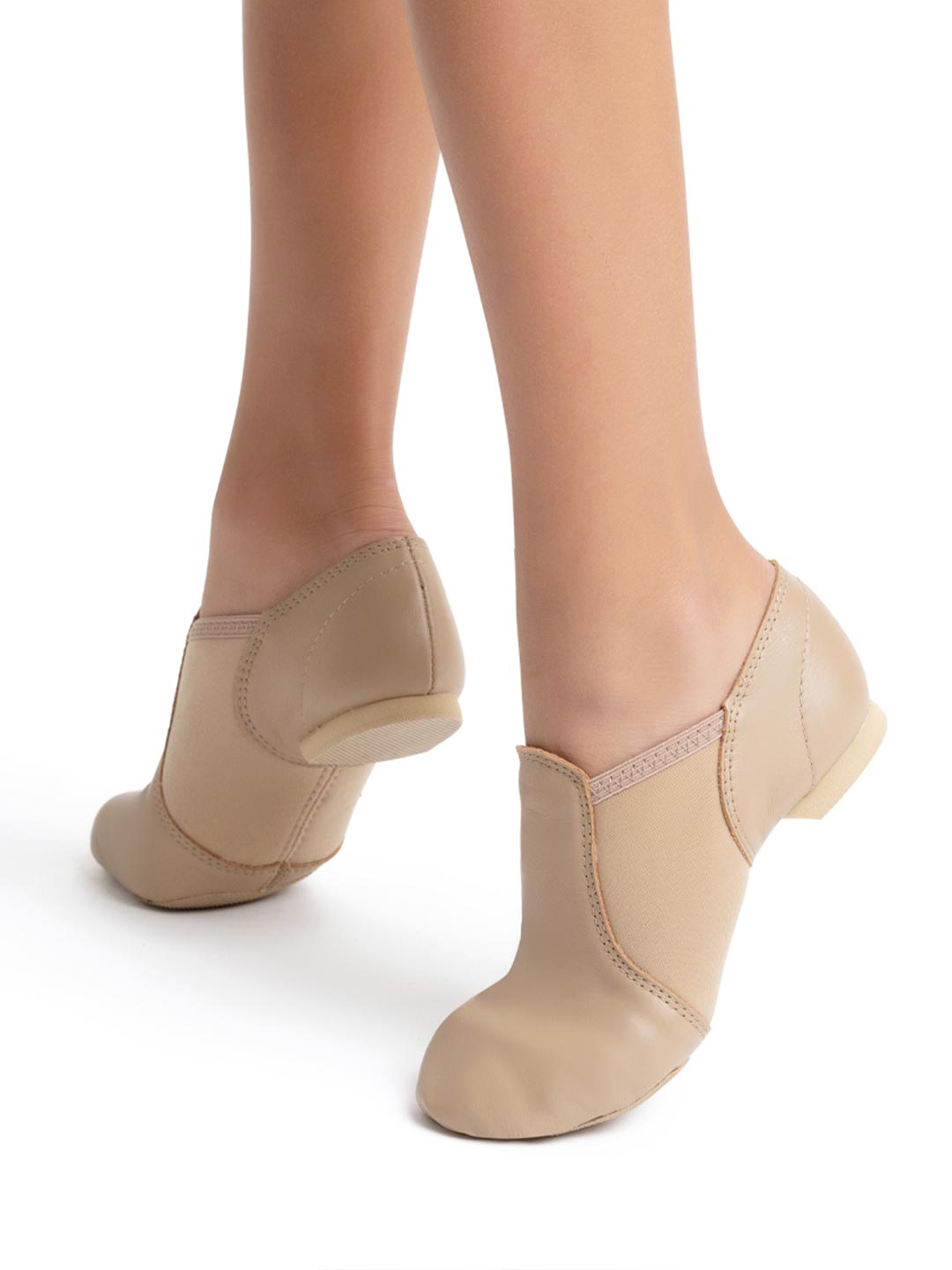
Dancers wear particular shoes known as jazz shoes. They gained popularity in jazz dancing, other dance forms like aerial dance and acrobatic rock’n’roll, and other sports like aerobics.
The dance form developed as a swing dance performed in casual clothing and shoes. It can be performed in any shoe, and Jazz Oxford only became well-known in the middle of the 20th century, whenever the dance style left the rooms and moved to the theatre. Meanwhile, mens Jazz shoes come in a range of designs with various functionalities. They could be lace-up Oxford shoes or sliding, either high- or low-rise. The footwear with split soles provides more suppleness, making it easier to position the foot. The majority feature rubber outsole that assists with stability and foot comfort, whereas others have more robust soles to help absorb stress. These shoes are often black or brown, and to aid with twisting, specific shoes contain a leather patch underneath the heel of the foot.
Types of Shoes
Complete-Sole Jazz Shoes
These shoes with an exclusive sole are comfortable because of the constant outsole covering the bottom of the shoe. Due to the highly organized nature of dance, selecting thick-soled footwear for the dance will enable the performer to succeed.
The bottom of a full-sole shoe is covered in a latex covering, which limits its elasticity. Nevertheless, the curve of the feet experiences an impenetrable barrier in this particular footwear. As such, a sole full type is a good option if you desire footwear that looks big and strong.
Shoes With a Split Sole
A split shoe will only have leather underneath the foot’s ball and heels, whereas a complete-sole footwear has a constant rubber sole. The rubbery gap on the foot’s archway gives the additional footwear flexibility and highlights the performer’s foot’s wing, peak, and contour. A split-sole shoe’s elasticity is considered a benefit since it makes it easier for the performer to employ the proper foot method and form. They do, however, provide less assistance for the feet.
Boots With a Split Sole
Jazz booties are a cross between boots and shoes. Split bottoms and elasticated side inserts come standard on these boots. They generally require lacing, but the elastic inlays eliminate this requirement while providing a great fit in the arch. Jazz booties give additional ankle straps than their shoe counterparts, which are utilized for similar dance techniques.
Boots And Slip-Ons
Jazz footwear or boots that slip on are famous among confident performers because they save time by removing the need to readjust straps and foot tension. Contrary to lace-up designs, slip-on versions frequently give a tighter fit. Slip-on boots are popular among performers since they are simple to put on and take off between training and shows and won’t come undone while worn. They are also perfect for kids who have trouble tying strings.
A slip-on footwear will look smoother and much more put together than a knotted shoe. Meanwhile, the performer’s choices for footwear fit and aesthetics will determine whether to use a slip-on or lace-up shoe.
Ballet and mens jazz shoes have flexible soles, but jazz shoes typically have a slight rubber heel. In a jazz class, they are often utilized to lessen resistance underneath the feet, which is particularly helpful when completing cartwheels. Besides, performers of all generations can use jazz footwear, whether male or female. Additionally, they can indeed be helpful in dancing sessions for smaller kids to prevent dirty feet from touching the ground. Jazz footwear can be bought as separated-sole or full-sole footwear in several colors, like ballet slippers. You can also buy them as slip-on footwear, lace-up footwear, or lace-up heel.
